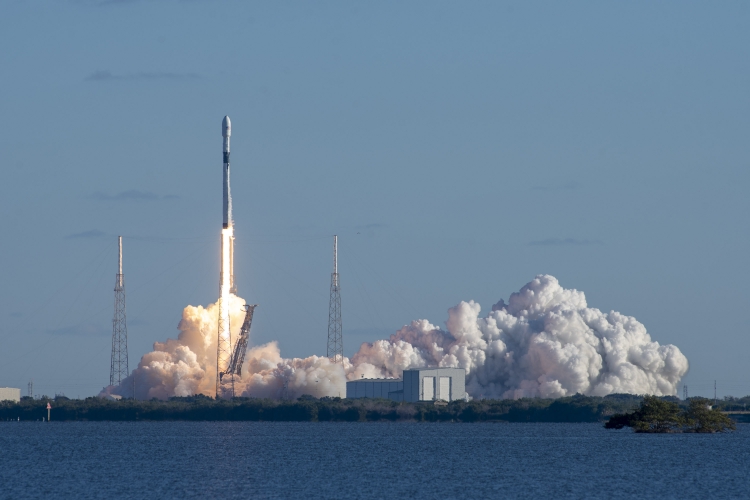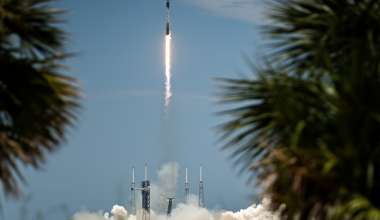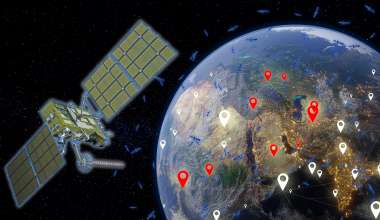Generating a million and a half pounds of thrust, a SpaceX Falcon 9 rocket lifted off into history Sunday morning as its nine Merlin engines lit up the Florida Space Coast.
It was SpaceX’s first Air Force National Security Space (NSS) mission — carrying the first Global Positioning III Space Vehicle satellite to orbit.

The Aerospace Corporation worked extensively with the Air Force and SpaceX to prepare the company for its NSS mission. Aerospace was also deeply involved in developing the new GPS III series, which boasts numerous upgrades over previous GPS models. These include better anti-jamming capabilities; more military and civilian signals that are more accurate and powerful; specialized signals, such as for aviation services; and a signal that can be used with other satellite navigation systems such as the European Union’s Galileo system.
The launch was also the first time Aerospace utilized the Agile Monte Carlo cloud platform analysis tool. A new, more efficient platform for simulating launch trajectory, Agile Monte Carlo is used to verify orbit injection accuracy, propellant margins, flight software robustness, and vehicle response to launch-day winds.
“Monte Carlo is the type of analysis where we simulate the same mission multiple times while varying input parameters, approximately 10,000 runs to ensure high-statistical confidence, and observe the resulting variations in the output parameters,” said Slava Ananyev, a senior project engineer working on the project with teams from the Engineering and Technology Group and Enterprise Information Services. “This then gives us a sufficient statistical set of expected results.”
The Agile Monte Carlo platform uses a Software-in-the-Loop (SIL) 6-DOF simulation to perform a full Monte Carlo analysis run, within the required time, by utilizing local and cloud computing infrastructure. The flexibility of cloud computing proved invaluable in the ability to support the GPS III mission.
“When the launch vehicle contractor upgraded their flight software a few months before the launch, the simulation slowed down to one third the original speed,” Ananyev said. “To compensate for the slower run-time, the team increased the number of available simulation servers from 1,000 to 3,500, which would be impossible to accomplish without using the cloud.” This action enabled the Aerospace team to perform the final Monte Carlo run within the last day before launch to validate the final trajectory.






